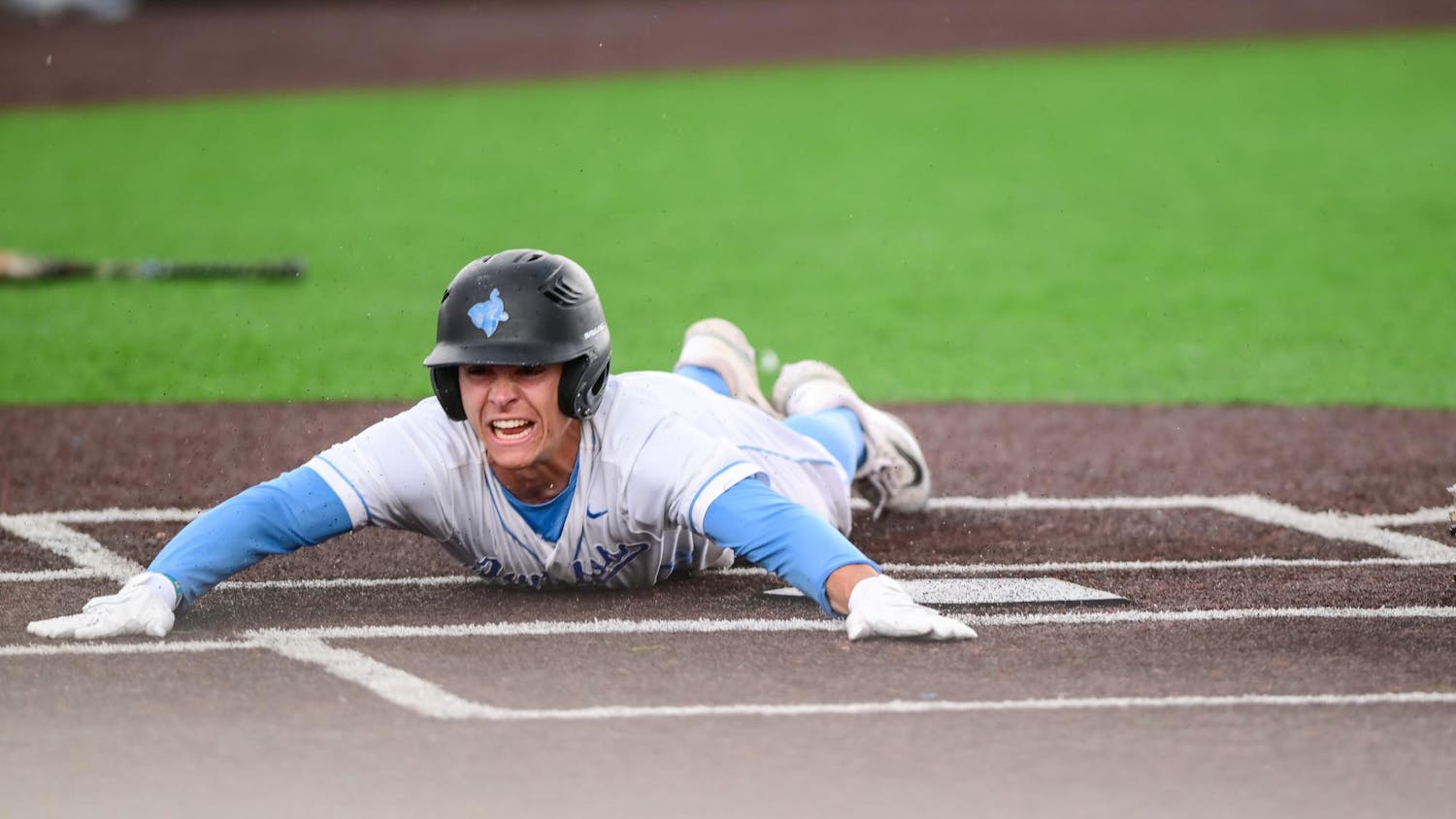The clock ticked down on the International Basketball Federation (FIBA) World Cup 2014 in Barcelona, leaving the United States on top of the podium for the second straight World Cup. The U.S. dominated throughout the tournament and won the gold medal game against a much-improved Serbian squad by a score of 129-82. The team defeated the first eight countries it faced by an average of over thirty points. To further prove that USA Basketball is by far the world’s best, the red, white and blue are the first team to win four consecutive major international events, including the USA’s Olympic gold medals in 2008 and 2012.
These teams have been headlined by the NBA’s biggest stars, including Lebron “I’m Coming Home” James and Kevin “You’re the Real MVP” Durant. But neither of these two played in Spain this summer after Durant withdrew from competition in early August. Why weren’t the NBA’s two best players donning the USA uniform this summer? Shouldn’t they feel proud to wear our country’s letters on their chest? The issue of whether NBA players should compete internationally is becoming a more important issue. Moreover, the success of USA basketball has created a dangerous precedent for years to come.
This year’s FIBA World Cup gold medal winning team featured twelve NBA players from ten different teams. The organizations supplying two players to Team USA were Golden State (Stephen Curry and Klay Thompson) and Sacramento (Rudy Gay and DeMarcus Cousins). There was one player not dressed for Team USA in Spain, however, that grabbed most of the headlines, and for the worst of reasons. That player is Paul George, who suffered a gruesome leg injury in one of Team USA’s scrimmages in Las Vegas before the tournament. The sports world’s thoughts were justifiably focused on George’s speedy recovery and well-being. But there had to be one person, perhaps in the Indiana Pacers organization, who wondered whether Indiana’s 56-26 regular season last year would not be replicated for a long time. George, after all, is by far the organization’s best player.
There was much talk this summer after the injury regarding whether it is smart for NBA players to participate in international competition. It is their choice, and representing the United States is the ultimate source of pride for many a professional athlete. From the perspective of an NBA franchise, however, there are many risk factors. George was not the only player with injury complications this summer.
In April 2012, Derrick Rose, the 2010-2011 NBA MVP, tore his left ACL in Game 1 of the Eastern Conference Quarterfinals against the Philadelphia 76ers. The injury sidelined him for the entire 2012-2013 season, and his return for last season was heavily anticipated. Rose did not even make it through a month of the season: He sustained an injury to his right knee that kept him out all of last season. So here is Rose, a proven superstar with a laundry list of injury concerns, playing as explosive as ever this summer for Team USA. If I were Jerry Reinsdorf or Gar Forman, the owner and GM of the Bulls, respectively, I would have been clutching the edge of my seat every time Rose made a cut. Rose does have an obligation to his NBA team and employer, who will pay him over $60 million dollars over the next three seasons. Not to mention, international play is during the off-season, when players presumably should rest physically and emotionally after the taxing 82 game season.
Rose did not injure himself this summer, but the possibility was there. Should NBA owners prohibit their players from playing for Team USA? I don’t think so, but I understand their position on this issue. Will NBA players want to play internationally after witnessing the career-altering injury George suffered? I think that the pride of leading our country to gold medals will outweigh the possibility of injury, but NBA stars need to re-evaluate where their true allegiances lie.
More from The Tufts Daily





